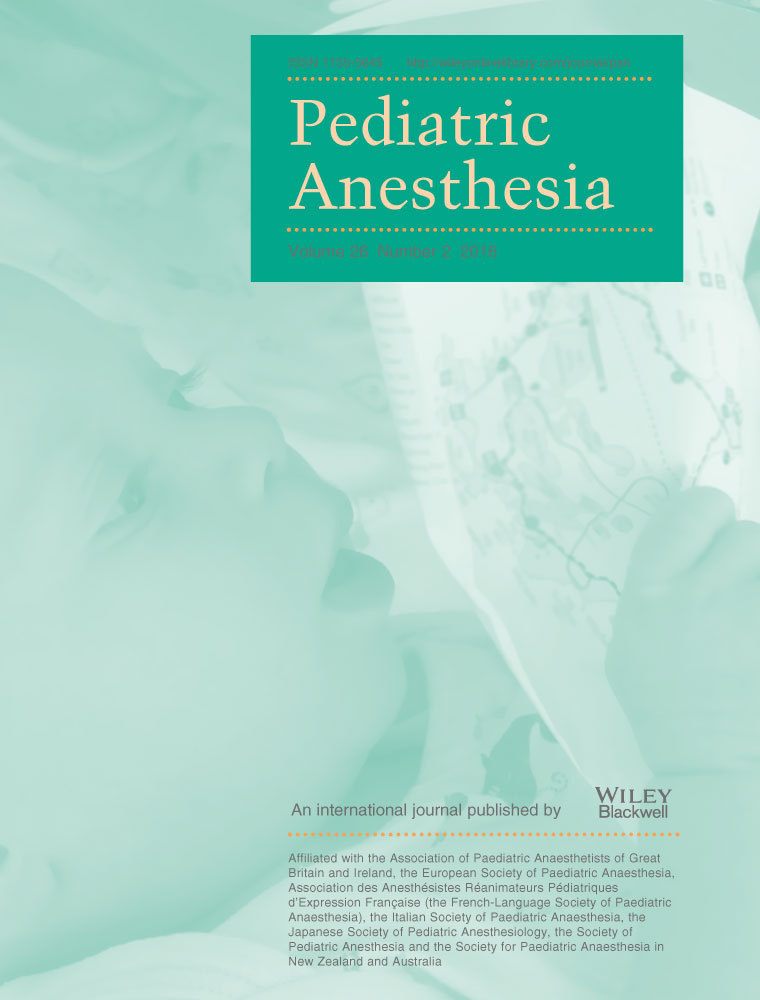Cerebral oxygen saturation and tissue hemoglobin concentration as predictive markers of early postoperative outcomes after pediatric cardiac surgery
Summary
Background
Near-infrared spectroscopy (NIRS) provides an assessment of cerebral oxygenation and tissue hemoglobin concentration.
Aim
The aim of this study was to investigate whether the cerebral oxygenation and hemoglobin concentration measured with NIRS could predict outcomes after pediatric cardiac surgery.
Method
We conducted a retrospective observational study in 399 patients who underwent pediatric cardiac surgery. Associations were determined between postoperative outcome and preoperative and postoperative cerebral tissue oxygenation index (TOI), postoperative normalized tissue hemoglobin index (nTHI), concentration changes in oxygenated hemoglobin (Δ[HbO2]) and deoxygenated hemoglobin (Δ[HHb]).
Results
Thirty-nine children had major postoperative morbidity and 12 died. Using Spearman's correlation analysis, postoperative lower TOI and higher Δ[HHb] were associated with longer stays in the Intensive Care Unit (ICU) (r = −0.48, P < 0.001, r = 0.31, P < 0.001, respectively) and longer duration of intubation (r = −0.48, P < 0.001, r = 0.31, P < 0.001, respectively) and higher probability of death determined by the Risk Adjusted Classification for Congenital Heart Surgery (RACHS-1) (r = −0.39, P < 0.001, r = 0.23, P < 0.001, respectively). In multivariate regression analysis, postoperative TOI was independently associated with major morbidity and mortality and Δ[HHb] was independently associated with major morbidity. In receiver operating characteristic analysis, postoperative TOI and Δ[HHb] predicted major morbidity (Area under the curve [AUC] = 0.72, 0.68, respectively) and mortality (AUC = 0.81, 0.69, respectively).
Conclusion
Lower TOI or higher [HHb] at the end of surgery and higher RACHS-1 category predicted worse outcomes.




